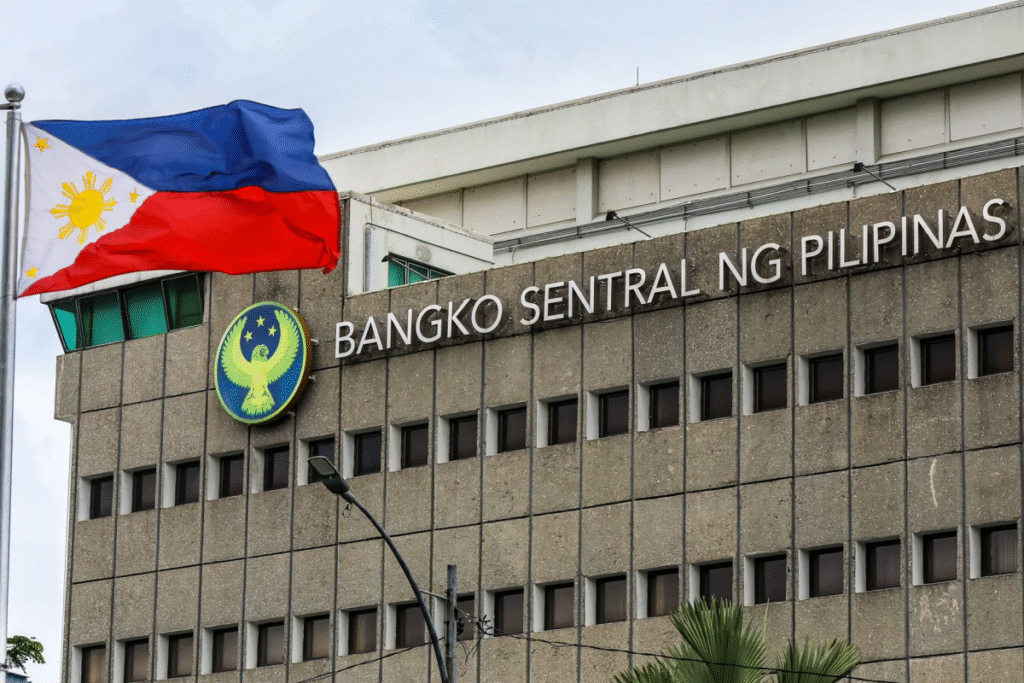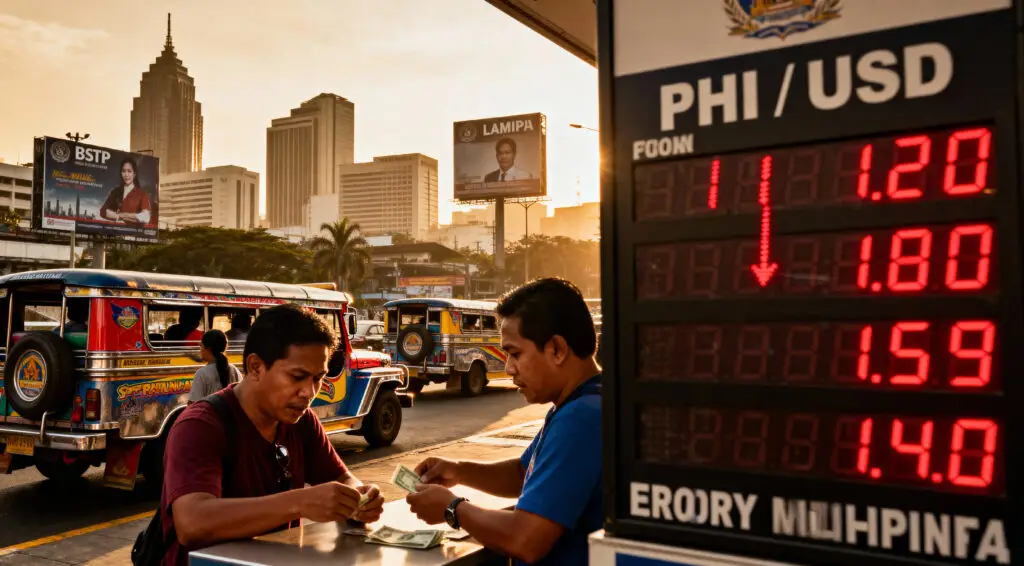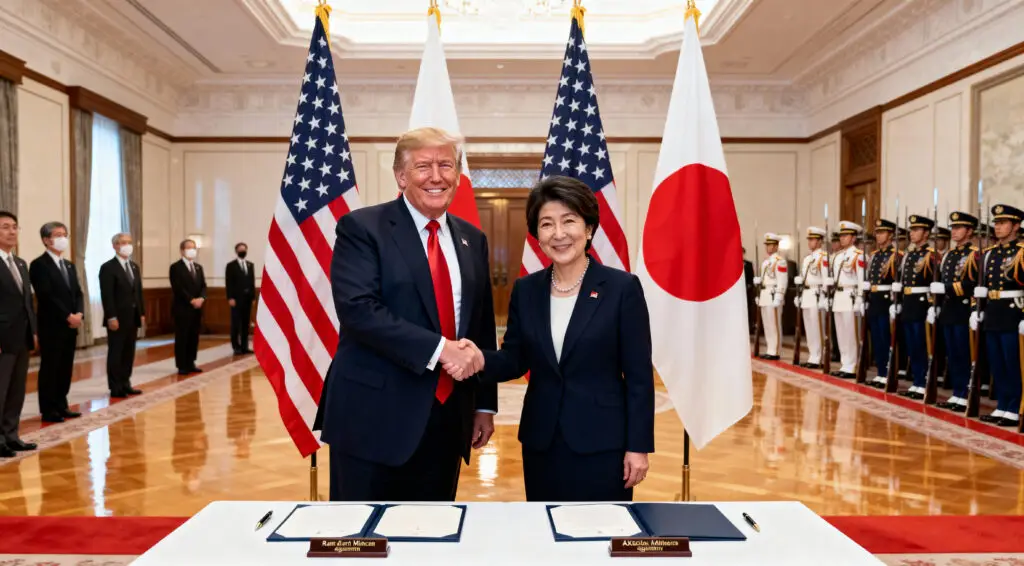Peso Falls to Weakest Level in Philippine History
On Tuesday, the Philippine peso dropped to its lowest level ever, closing at ₱59.13 against the U.S. dollar. It even touched ₱59.20 during intraday trading the weakest point in history cementing its status as one of Southeast Asia’s worst-performing currencies this month.
This new low surpasses the previous records set in late 2024, highlighting the increasing pressure on the Philippine economy from global headwinds, domestic challenges, and waning investor confidence. The peso’s decline has intensified public debate about the government’s handling of inflation, fiscal policy, and corruption concerns affecting public trust.
Bangko Sentral ng Pilipinas Attributes Weakness to Market Anxiety
The Bangko Sentral ng Pilipinas (BSP) attributed the peso’s drop to growing fears of an economic slowdown and recent corruption controversies. It cited infrastructure spending disputes as a key factor undermining investor sentiment.
The BSP also noted that expectations of further monetary easing contributed to downward pressure on the peso. Nonetheless, it reaffirmed its commitment to maintaining price stability and strengthening the currency in the long run through prudent macroeconomic management and fiscal reforms.

Source: Daily Chronicle
Analysts Predict Possible Rate Cuts Before Year-End
Several analysts believe the BSP could implement another interest rate cut before the end of 2025. Looser monetary policy may stimulate economic activity as inflation cools and growth moderates. However, such easing could also trigger additional peso depreciation if global investors pursue higher yields elsewhere.
The BSP clarified that it does not intervene in daily exchange rate movements but employs targeted measures to manage excessive volatility. It emphasized that remittances, tourism revenue, and business process outsourcing (BPO) earnings continue to provide support for the currency.
Recommended Article: Kolmar Korea Joins South Korea’s Government AI Factory Plan
Overseas Remittances Provide Cushion Amid Currency Decline
Remittances from overseas Filipino workers (OFWs) continue to stabilize the economy. The weaker peso allows OFW families to receive more pesos per dollar, partially offsetting higher domestic living costs.
Together with earnings from tourism and BPO services, these inflows help shield the economy from capital outflows and rising import prices. However, economists warn that such inflows alone may not fully counter the structural issues weighing down the peso.
Economic Sectors Face Mixed Effects from Peso Weakness
While the weaker peso benefits households dependent on foreign remittances, it negatively impacts other sectors. Imported goods, especially fuel and raw materials priced in dollars, become more expensive, pushing up local production and energy costs.
The depreciation also inflates the peso value of foreign-denominated debt, worsening the government’s fiscal position. Earlier this year, the Bureau of Treasury noted a decline in foreign debt ratios during periods of peso strength a gain that has since been erased as the currency continues to fall.
Lawmakers Link Currency Decline to Corruption Scandals
Akbayan Party-list Representative Percival Cendaña expressed alarm over the peso’s decline, suggesting it could be tied to corruption in infrastructure projects and declining investor trust. He stressed that public confidence and economic performance are interdependent, and corruption undermines both.
Cendaña added that the impact of recent scandals has deepened economic uncertainty and fueled perceptions of mismanagement. He emphasized that restoring transparency and accountability is essential to stabilizing both financial markets and public morale.
BSP Urges Long-Term Confidence and Fiscal Discipline
Despite near-term challenges, the BSP remains cautiously optimistic. It underscored the importance of sustaining macroeconomic stability, improving investor sentiment, and advancing structural reforms to attract long-term foreign investment.
Policymakers aim to strengthen the peso and rebuild market confidence through fiscal transparency, digital transformation, and export competitiveness. For now, however, the currency’s slump stands as a stark reminder of how economic management, governance, and public perception intertwine in shaping the nation’s financial stability.























